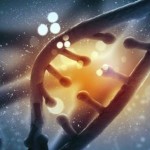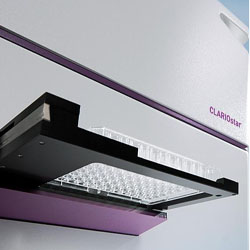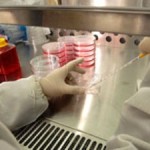With a few easy tweaks, scientists can cut-and-paste DNA inside living cells, thanks to a promising new technique that could make possible everything from testing new drugs or curing genetic diseases. And researchers just discovered a way to make the process a whole lot cheaper and easier, according to a study...











